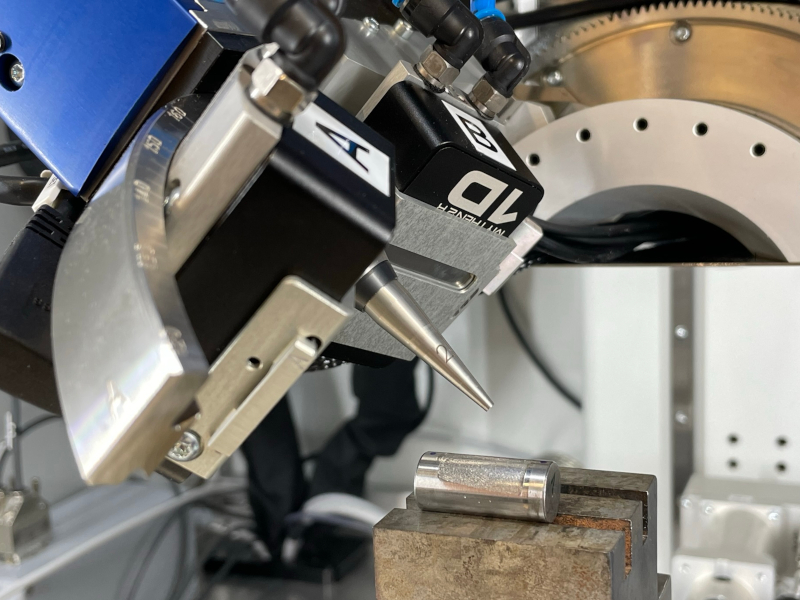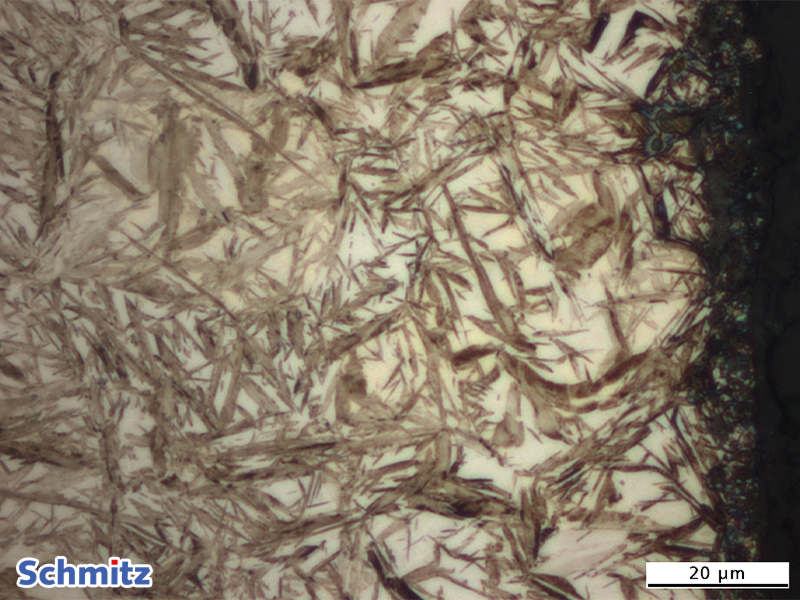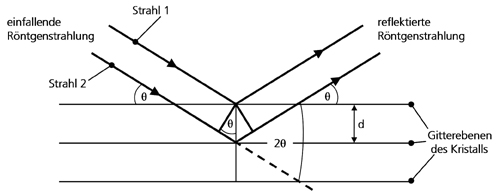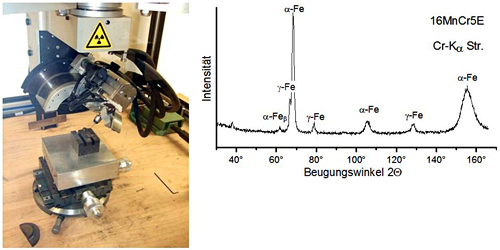
Residual stresses have a very strong effect on the service life and use of components. For example, surface treatments are purposely used to introduce compressive residual stresses into specimens in order to increase fatigue strength or wear resistance.
X-ray diffraction can be used to determine micro residual stresses at critical points on components (e.g. bearing ring running surfaces). The penetration depth of X-rays is in the µm range for metals, so X-ray analysis is particularly well suited for edge zone characterization. Electrolytic surface removal can be used to characterize the residual stress depth profile of the samples.
X-ray diffraction can also be used for phase analyses (e.g. determination of residual austenite in hardened steels). High residual austenite contents in the microstructure reduce the hardness and can later transform into martensite, whereby undesirable stresses can occur in the component due to different volumes. Measurement of the residual austenite content using X-ray diffraction is quantitative and non-destructive.
Please contact us for an individual offer.
Jump to the desired topic:
Application example: Determination of the residual austenite content

The high residual austenite content of this case-hardened steel was already noticeable metallographically. The measurement by X-ray diffraction showed a content of 33%.
Basics of X-ray diffraction XRD

The physical basis of X-ray fine structure analysis is the diffraction of short-wavelength X-rays at the spatially regularly arranged planes of the crystal lattice. The geometry of the diffraction is described by Bragg’s reflection law: n λ = 2d sin θ

The result of the measurement is a diffraction spectrum with intensity peaks depending on the diffraction angle 2Theta. By comparison with databases, the crystal structure (phases) of the microstructural constituents and their proportions can be concluded, e.g. the ratio of residual austenite to martensite.
Residual stresses, in turn, shift and distort the planes of the crystal lattice, leading to a measurable shift in the diffraction angles.

